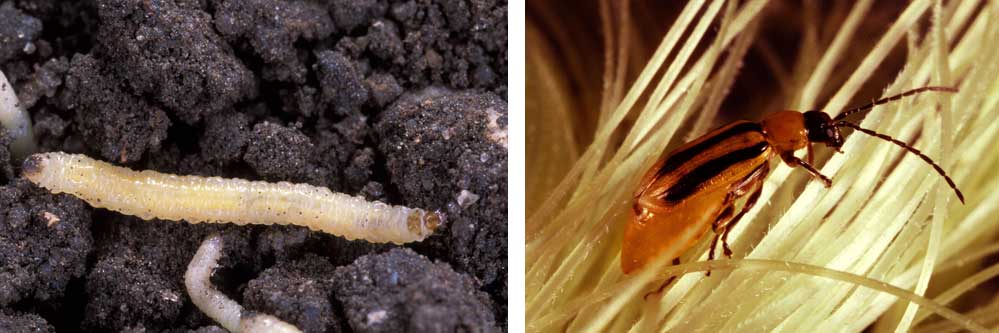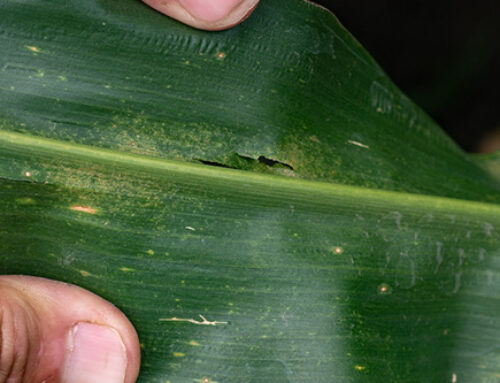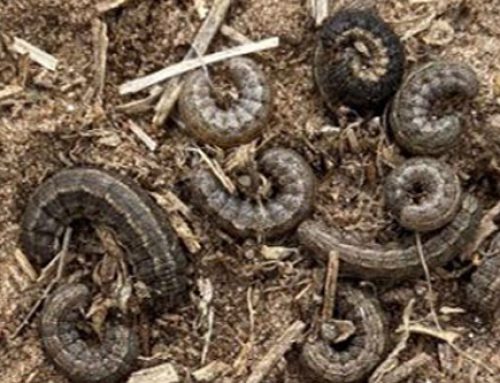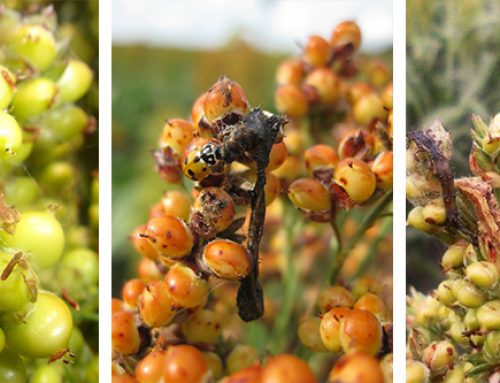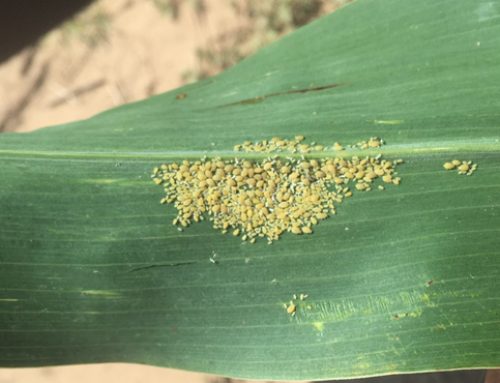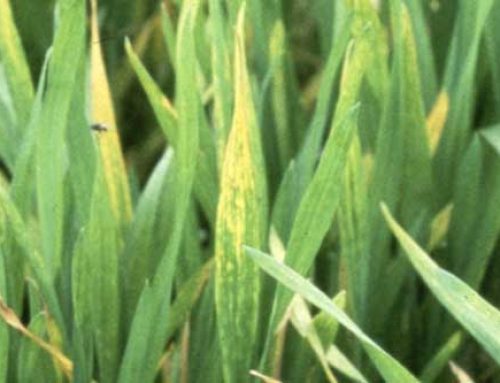June is the typical month for scouting western corn rootworm larvae in continuous corn fields of the high plains. Agronomists understand the damage that this pest can cause, and many hours are spent digging to examine the deep and brace roots for any signs of rootworm larvae feeding. Early detection is key to minimizing damage caused by this pest.
Several strategies are considered when deciding which approach is most appropriate to control this pest. Because of resistance management, many of these strategies have evolved over the years. The most effective way of managing this pest is through crop rotation from year to year. Rotating to another crop besides corn may not seem to be the most profitable option in the short run, but in the long run, managing this pest will provide profitability.
In cases where rotation is not an option, there is not a clear cut answer to manage rootworms. Many believe utilizing genetically modified traits will take care of the problem. This is not always the case. GMO rootworm traits are a popular and viable option; however, rootworm larvae have been able to overcome these traits over time. Similar resistance is seen in many weeds that no longer respond to products like Glyphosate. Precautions must be taken to help limit the development of resistance to rootworm traits in corn seed. A combination of GMO corn seed plus an insecticide application to treat adults will help manage overall rootworm pressure. Another option is to use a non GMO corn seed, and rely totally on treating adults. This approach relies on obtaining effective adult control, followed by larvae control the next year.
Crop Quest Agronomists take all issues that affect profitability seriously. Numerous hours are spent reading, studying, and learning all the options that are available when dealing with pests, especially in the areas of resistance management. In order to find the best option for you, it is important that you discuss effective strategies with your agronomist. Our goal is to guide you to make sound production decisions on your operation.
Written by: Mark Hatley; Dumas, Texas
Featured Images by: Scott Bauer (left image) & Tom Hlavaty (right image), USDA Agricultural Research Service, Bugwood.org
